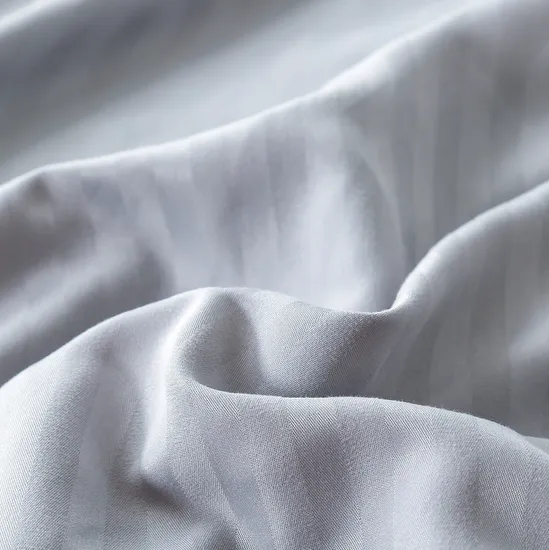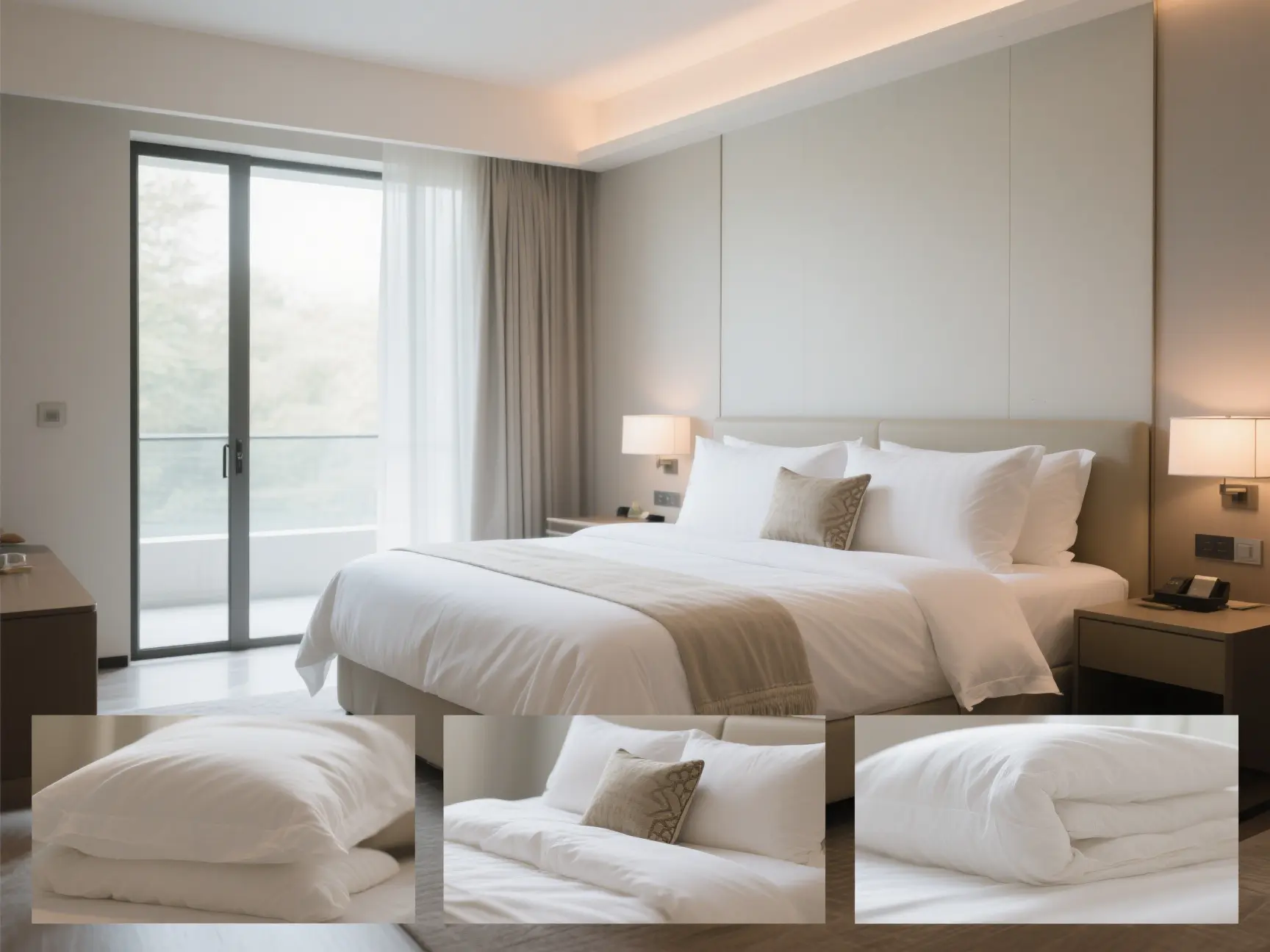Commercial bedding refers to bedding products specifically designed and manufactured for use in commercial environments such as hotels, resorts, hospitals, dormitories, and cruise ships. Unlike residential bedding, commercial-grade bedding must meet higher standards for durability, hygiene, and cost efficiency due to frequent laundering and high occupancy turnover.
For procurement professionals, facility managers, and hospitality operators, understanding the features of commercial bedding is essential to ensuring guest satisfaction, operational efficiency, and long-term value.
Key Features of Commercial Bedding
1. Durability Under Heavy Use
Commercial bedding is engineered to withstand frequent industrial laundering cycles without compromising comfort or appearance. Fabrics are tightly woven, typically using higher thread-count polyester-cotton blends, to resist pilling, tearing, and fading.
2. Easy Care and Maintenance
Ease of care is critical. Commercial bedding is usually wrinkle-resistant, quick-drying, and bleach-friendly. These characteristics reduce turnaround time in housekeeping operations and extend product life cycles.
3. Cost-Effective at Scale
Designed for wholesale purchasing, commercial bedding offers excellent price-to-performance ratios. Bulk orders often include standard sizes and color options, simplifying inventory management across multiple properties or departments.
4. Compliance and Certifications
Leading suppliers offer bedding products that comply with industry standards such as:
- OEKO-TEX® Certified: Free from harmful substances
- ISO Standards: For quality and environmental management
- Fire Retardancy (FR): Required in specific institutional settings

Common Types of Commercial Bedding
| Product Type | Description | Common Applications |
|---|---|---|
| Flat & Fitted Sheets | Made for twin to king sizes; typically white for easy laundering and a clean look | Hotels, dormitories |
| Duvet Covers & Comforters | Quilted or plain, often with hypoallergenic fill | Resorts, upscale hotels |
| Mattress Protectors | Waterproof, breathable, bedbug-resistant | Healthcare, extended stay facilities |
| Pillows & Pillowcases | Synthetic or down alternative fill; built for support and shape retention | Hotels, cruise lines |
Commercial Bedding vs. Residential Bedding
| Criteria | Commercial Bedding | Residential Bedding |
|---|---|---|
| Wash Frequency | Daily/weekly | Weekly/monthly |
| Fabric Composition | Poly-cotton blends | Cotton, linen, bamboo |
| Design Focus | Function and longevity | Style and personalization |
| Price Structure | Bulk wholesale pricing | Retail per-piece pricing |
| Regulatory Requirements | Fire-resistant, hypoallergenic | Not typically required |
Why Commercial Bedding Matters
Choosing the right commercial bedding directly impacts:
- Guest Comfort: Enhances the sleep experience, improves reviews
- Operational Efficiency: Reduces replacement rates, lowers labor costs
- Brand Reputation: Reflects on cleanliness, attention to detail, and guest care
Whether managing a boutique hotel or a healthcare facility, selecting the right bedding solution means balancing comfort, compliance, and cost—while maintaining consistent quality across all locations.
Conclusion
Commercial bedding is more than just sheets and pillows—it’s a strategic investment in guest satisfaction, brand image, and operational performance. When sourcing commercial-grade bedding, it’s essential to partner with reliable manufacturers who understand the unique demands of the hospitality and institutional markets.
For textile buyers and procurement teams, focusing on durability, ease of maintenance, and compliance ensures long-term savings and enhanced service quality.


Leave a Reply